New Plastic Garbage Patch Found In The South Pacific Could Be '1.5 Times Larger Than Texas'
A decade ago, while sailing across a rarely traversed area between Hawaii and the U.S. mainland, oceanographer Captain Charles Moore stumbled upon the now-infamous North Pacific garbage patch, an enormous swathe of plastic pollution floating in the sea.
Now, Moore has confirmed the discovery of a second garbage patch in the same ocean, located in the South Pacific. Moore, who made the disturbing discovery during a six-month research trip, estimates that this polluted patch of plastic could span as much as a million square kilometres. That’s 1.5 times larger than Texas, and more than two times the size of California.

Moore, founder of the Algalita Research Foundation, told ResearchGate that his team would conduct lab analysis on the plastic they’d found, but based on initial impressions, the garbage patch uncovered in the South Pacific could contain “millions of plastic particles per square kilometer,” he said.
Like the North Pacific garbage patch, the one in the southern part of the ocean is a nebulous swarm of pollution made up of tiny plastic fragments, known as microplastics, which can be hard to see with the naked eye and even harder to clean up. “We found a few larger items, occasionally a buoy and some fishing gear, but most of it was broken into bits,” Moore told ResearchGate of the discovery.
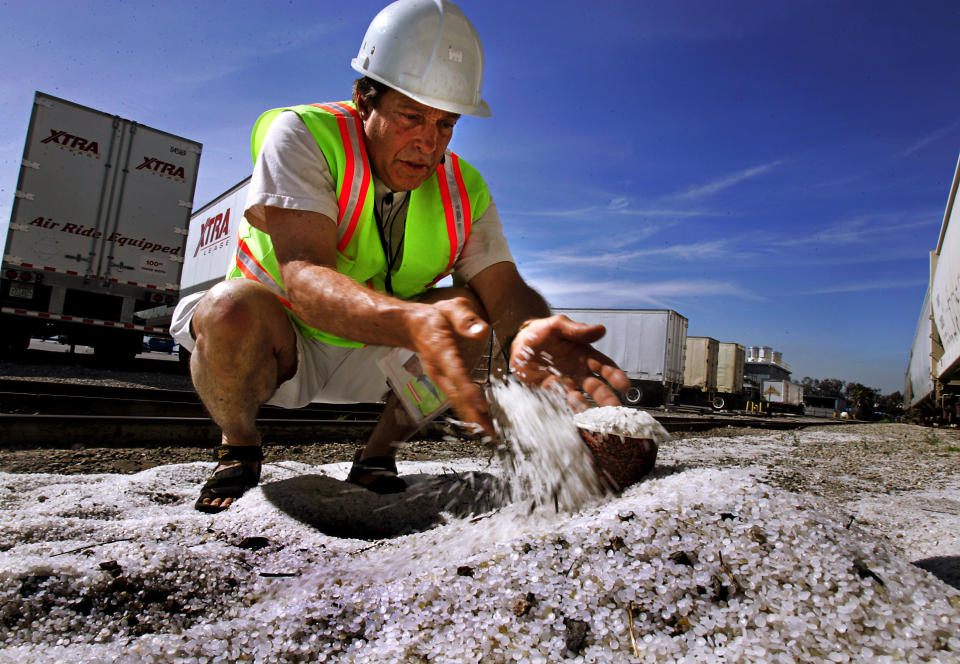
The news that the South Pacific is choked with plastic should not come as much of a surprise.
About 19 billion pounds of plastic waste ends up in our oceans every year, according to a 2015 paper. And a lot of that refuse is getting trapped by natural ocean currents, referred to as gyres, at five locations around the planet. The North Pacific is one of these locations; the South Pacific is another.
Henderson Island, an uninhabited coral atoll located at the edge of the South Pacific gyre, was recently discovered to be one of the most polluted areas on Earth. Researchers found the island smothered in around 38 million pieces of plastic trash ― all of which had arrived there via the seas.
“[M]y thought was the remarkable remoteness of Henderson Island would have afforded it some protection,” researcher Jennifer Lavers told the Guardian in May. “I was totally wrong.”
Related...
Scientists Have Figured Out How Much Plastic We've Made Since 1950. It's Not Pretty.
The Ocean Is Filling Up With 'Plastic Smog'
How Plastic Bottles Benefit ExxonMobil
Could This Plastic-Eating Caterpillar Be The Answer To Our Waste?
The Great Pacific Garbage Patch Is Even Worse Than We Feared
9 Life Hacks To Help You Break Up With Plastic
Also on HuffPost
Love HuffPost? Become a founding member of HuffPost Plus today.
Reduce use of all plastic products, but especially single-use ones

What we need to remember is to minimize our plastic waste (and really, all waste just generally) ― that includes recyclable plastics and compostable or biodegradable ones too.
“Someone might buy a new iPhone and say, 'Well, since I recycled my old phone with Apple, I’m all good.' But Apple doesn’t tell you just how little of that iPhone actually gets recycled,” said Adam Minter, author of Junkyard Planet: Travels in The Billion-Dollar Trash Trade. “People need to stop thinking of recycling as a ‘get-out-of-jail-free’ card. You haven’t actually done anything good for the environment. You’ve just done something less bad.” (More on that below.)
“If we really want to deal with the waste problem we’re facing, we need to think deeper about the nature of consumption itself,” Minter said.
Reducing single-use plastic products are especially key. Single-use plastic packaging, like plastic bags, containers, straws and cutlery, is the “biggest source of trash” found in or near water bodies worldwide, according to Mallos.
Start bringing your own reusable bag to the supermarket and a reusable bottle for your water; refuse a straw when you order a beverage and leave a set of reusable cutlery at your desk at work.
Click here to learn more tips and tricks on how you can give up single-use plastics.
Don't litter
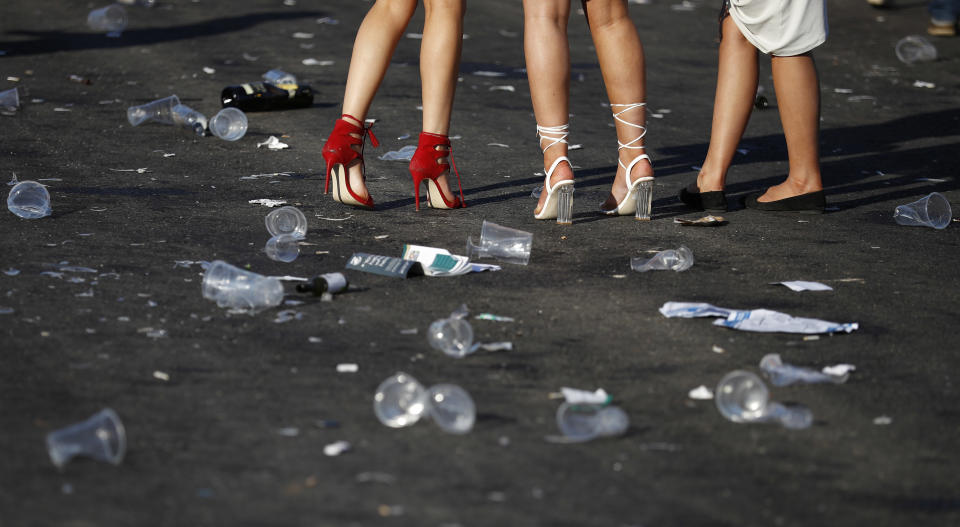
According to environmental engineer and plastics expert Jenna Jambeck, mismanaged waste like litter is the number one cause of plastic garbage is the world’s oceans. That plastic bag that got caught in a breeze could end up in a storm drain; that empty plastic bottle left on a beach could get carried out by a tide.
Ocean Conservancy recommends always “taking five” whenever you leave a space to ensure that you’ve collected all your trash and disposed of it properly.
Plastic bags, which often can’t be recycled (more below), are especially prone to becoming litter as they are easily carried away in the wind (yet another reason to not use them!). If you must throw one away though, be sure it’s balled up or weighed down so it can’t easily float away.
Recycle when you can, and do it right
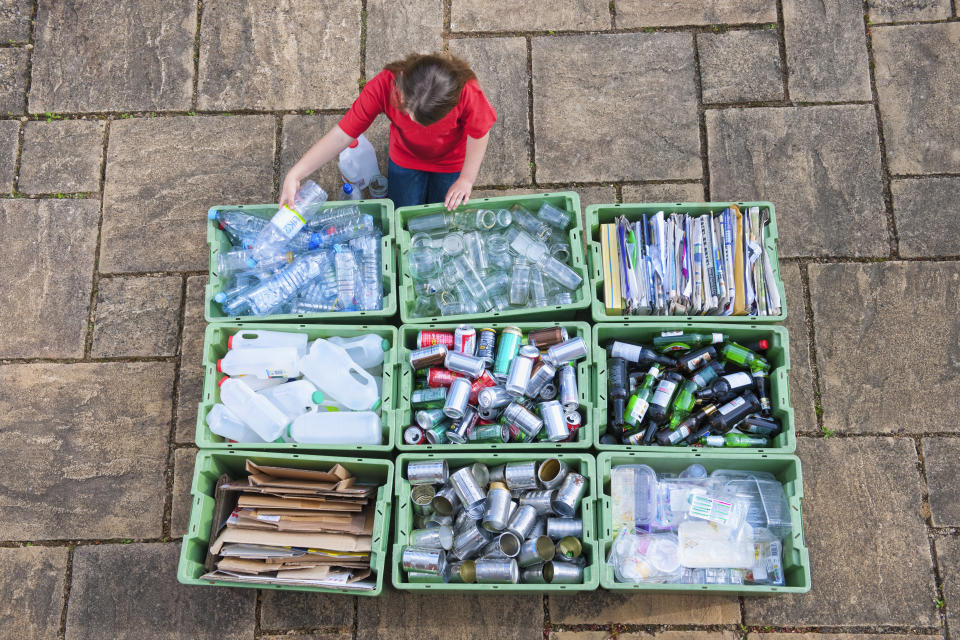
The reasons for these low numbers are manifold, said Darby Hoover, a waste management specialist with the Natural Resources Defence Council. But generally, it boils down to two major problems: Firstly, there are many different kinds of plastics and not all of them are easily recycled; and secondly, consumers often aren't aware of these differences and therefore don't dispose of plastics in the best way.
“You know that little triangle on plastic products? The little triangle is not an indicator that something is recyclable. Instead, it’s merely a designation — numbered 1 to 7 — of what kind of plastic it is, what polymer that plastic is,” explained Hoover. A number 1, for instance, indicates that the item is made of Polyethylene terephthalate (or PET, for short), a material typically used to make bottles and microwaveable food containers; while a number 2 indicates high-density polyethylene, the stuff plastic grocery bags are usually made of. The most complicated designation is number 7, which indicates all other plastics -- including products with a mixture of various plastics in them and also compostable plastics.
Recyclers use these numbers to determine which items can be recycled at their facility and which can’t. Different kinds of plastics typically can’t be recycled together, and many facilities won’t accept certain types of plastic at all, like styrofoam, vinyl and plastic film products like plastic bags and cling-wrap (these products have been known to gum up recycling equipment).
To add to the confusion, local municipalities across the U.S. have differing rules when it comes to recycling plastics. Some might accept type 7 plastics, for instance, but others will not.
“No matter where you live, you have to check the local municipality for their rules,” said Hoover, who recommended reviewing your local city or town website for more information. You also have to continue checking in, she added, as these rules often change without much warning.
Choose non-synthetic fabrics when possible
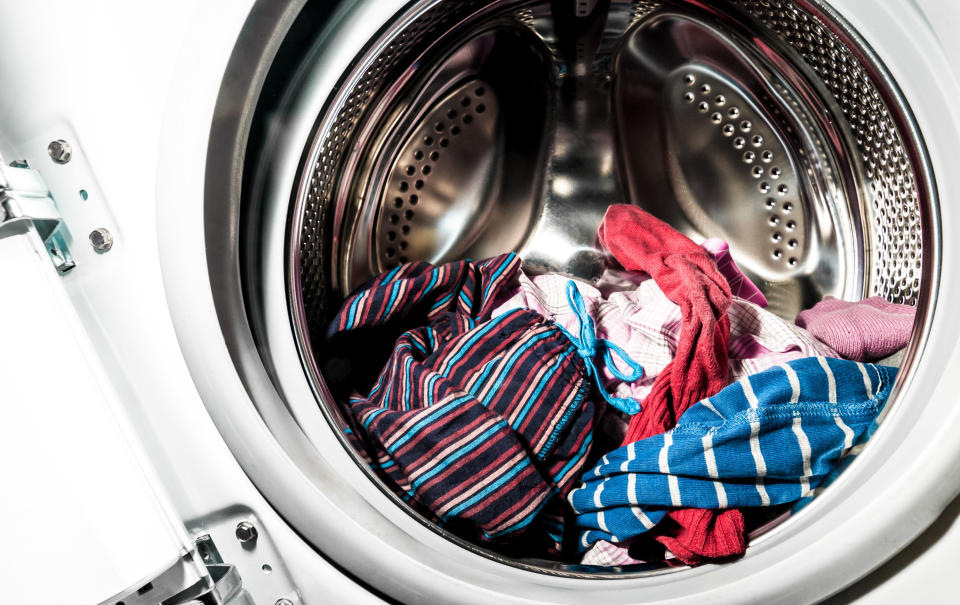
A single cycle of a washing machine could release more than 700,000 microplastic fibers into the environment, concluded one 2016 paper.
Natural fabrics to consider instead include organic cotton, wool, flax and hemp.
Say no to microbeads
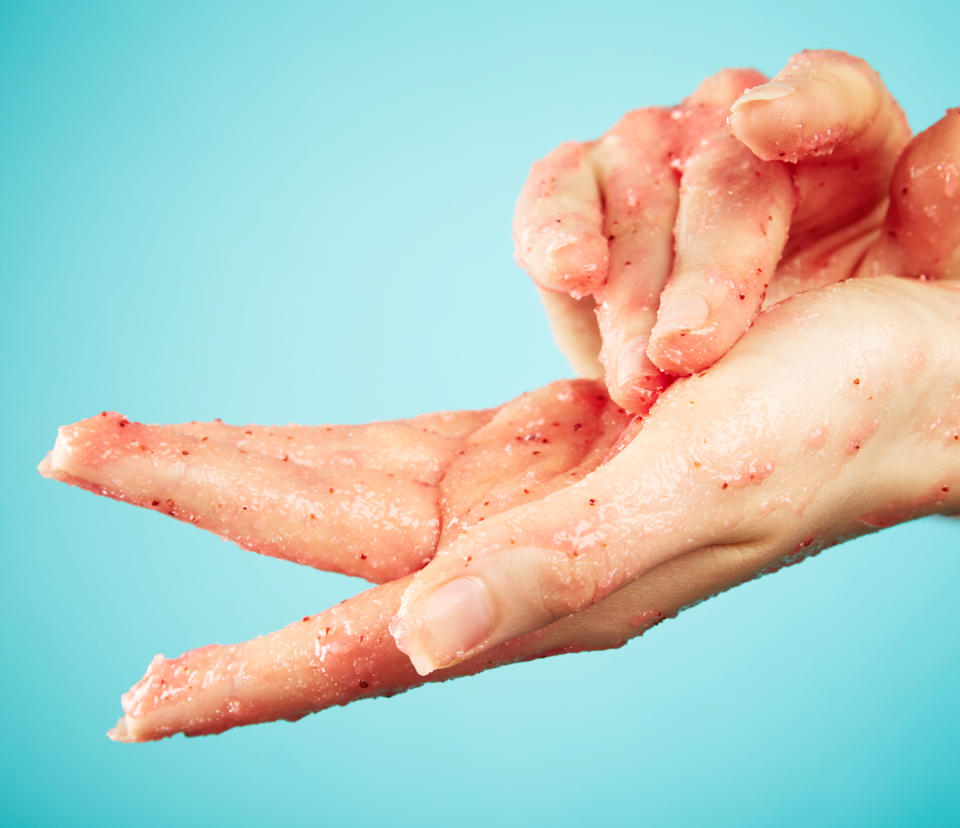
Recognizing the potential risk that microbeads pose to marine environments and possibly human health, several countries, including the U.S. and the United Kingdom, have introduced bans of the substance.
Many of these bans have yet to be enforced, however, and some are limited in scope, so remain vigilant when purchasing products that could have microbeads in them (look out for terms like “exfoliator,” "scrub,” “buff” and “polish”).
Visit the Beat the Microbead website to learn more.
Participate in cleanup efforts

In 2017, the cleanup event is planned for Sept. 16 ― but you don’t have to wait till then to do something. Ocean Conservancy has a DIY toolkit to help you organize cleanups in your own community.
Support plastic bag legislation

Reducing your use of plastic bags is one important way to mitigate this waste problem. But another way to make a big impact is to support local, state and federal single-use bag legislation -- specifically legislation that supports the reduction of all kinds of single-use bags including plastic and paper, according to Jennie Romer, a New York City lawyer and founder of the website Plastic Bag Laws.
Across the country, there are already many ordinances in place related to single-use bags. Last year, California became the first state to ban single-use plastic bags at all retail outlets, and in 2010, Washington D.C., implemented a 5-cent fee for all single-use bags, both plastic and paper. Cities and towns in Texas, Hawaii, Massachusetts and Colorado, among other states, have also embraced single-use bag legislation in some form or other.
For most of the nation, however, plastic and other single-use bags remain widely available. According to Romer, it’s extremely challenging to pass a plastic bag law — or even keep one in place (New York City is a prime example) — due to fierce opposition led mostly by lobbyists from the petroleum and plastic industry. “They fight bag regulations tooth and nail,” Romer said. “And their resources far outweigh that of the volunteers and grassroots community groups that are leading this fight.”
Preliminary evidence suggests that single-use bag legislation can be very effective in reducing waste. In Ireland, for instance, where a plastic bag tax was introduced in 2002, plastic bag use reportedly dropped by more than 90 percent in just a few weeks. In San Jose, California, a 2011 plastic bag ban resulted in a reduction of plastic litter by “approximately 89 percent in the storm drain system, 60 percent in the creeks and rivers, and 59 percent in City streets and neighborhoods,” stated a city report released almost a year after the ban was put in place.
Find out more about plastic bag legislation around the country and how you can get involved by visiting the Plastic Bag Laws website.
Support companies that offer solutions to reduce, reuse and recycle plastics
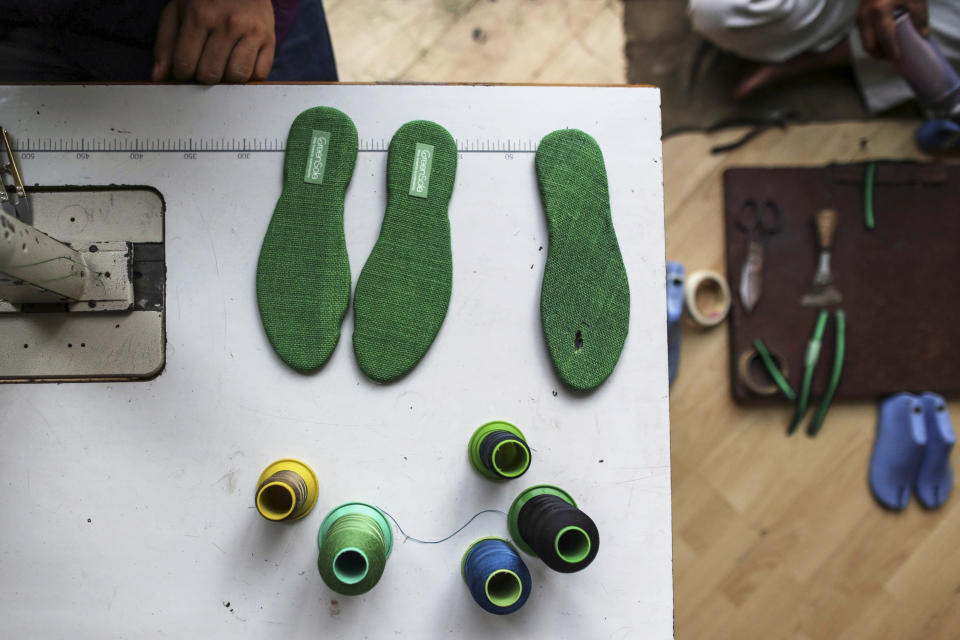
They might be rethinking product design, like this deodorant brand with its reusable, refillable containers; or incorporating recycled materials into their goods, like activewear companies that are turning plastic bottles into clothing or social enterprises like Greensole (pictured) that recycles old shoes into new ones.
There are also companies out there that are attempting to reduce waste across their entire value chain. Take Dell, which is recycling old computers into new ones as part of its closed-loop recycling supply chain. The company has also started harvesting ocean plastics to turn it into packaging material.
Consider also supporting green groups like 5Gyres, Ocean Conservancy and The Ocean Cleanup, which are leading the fight to clean up the world’s oceans.
Engage your family and friends

“This is a critical issue that’s tied up in so many other environmental concerns,” said Minter. “Yet people seem to have an aversion to it. They just don’t take much of an interest. Where’s the Paris landfill conference? You don’t see environmental groups flying celebrities into anywhere to talk about waste.”
The dialogue can begin in your own home and among your own friends. Start engaging your loved ones and your community on this important issue.
Track your progress
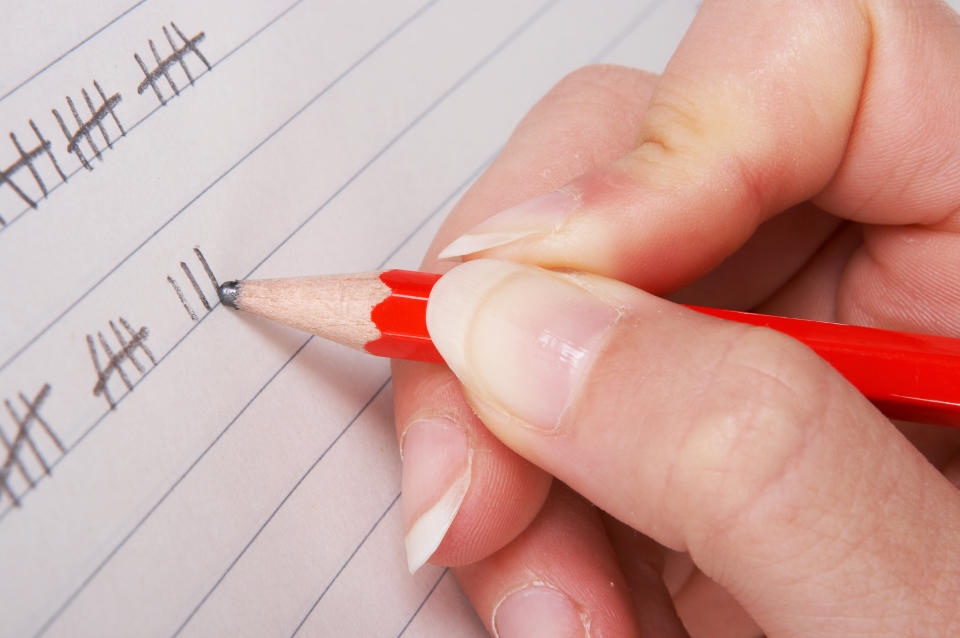
Ocean Conservancy also has a Clean Swell App which lets you track your beach cleanup efforts. It lets you share your progress on social media and to submit data directly into a global ocean trash database.
This article originally appeared on HuffPost.
